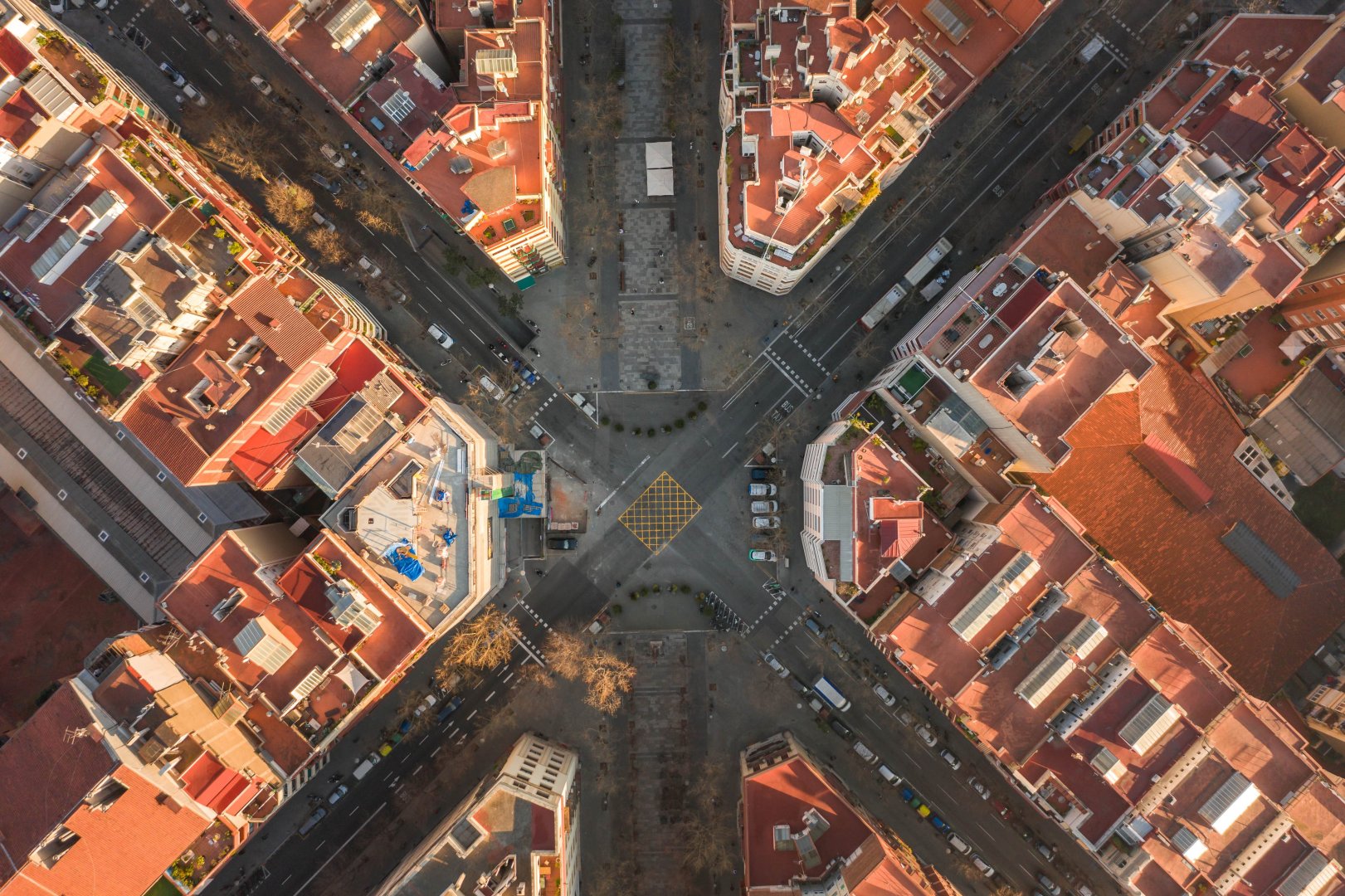
Memristive Nanogaps With Biophoton-Like Properties for Advanced Nanophotonic Applications
Please login to view abstract download link
We demonstrate that memristive nanogaps can emit light during resistive switching, replicating key properties of biophotons observed in neurons. This dual electronic-photonic functionality enables new approaches for on-chip light generation and nanoscale optoelectronic integration, expanding the role of memristors to advanced nanophotonic applications. Memristive networks can be used in Spiking Neural Networks technologies to implement biology-inspired information processing methods to create ultra-low power computing devices (1). While the electrical properties of memristors are widely studied, their ability to emit photons is still unexplored. Here, we focus on single memristive nanogaps, which release photons during resistive switching induced by an applied electric field. Resistive switching is usually achieved by stimulating the device with ramping voltage or applying several predefined voltage pulses of similar amplitude. Rapid changes in conductance caused by the intrinsic dynamics of atomic diffusion typical for this nanostructure operated in the volatile state provide the conditions needed to observe light emission in artificial neurons. Several mechanisms leading to light emission in metal-insulator-metal memristors have been identified, including electron trap luminescence (2), inelastic tunneling (3), and overbias emission (3). We demonstrate that this light emission replicates several key attributes of biophotons emitted by neurons during brain activity, including self-generation, stochasticity, broad spectral coverage, sparsity, and correlation with electrical activity (4). [1] Le Gallo, M., M., Khaddam-Aljameh, R., Stanisavljevic, et al., Nat Electron 6, 680–693, 2023 [2] Cheng, B., T., Zellweger, K., Malchow, X., Zhang, et al., Light: Science & Applications,11, 78, 2022 [3] Hamdad, S., K., Malchow, D., Avetisyan, et al., Phys. Rev. Applied 20, 024057, 2023 [4] Malchow, K., T., Zellweger, B., Cheng, A., Leray, J., Leuthold, and A., Bouhelier, ACS Nano, 18, 35, 240004-24011, 2024
